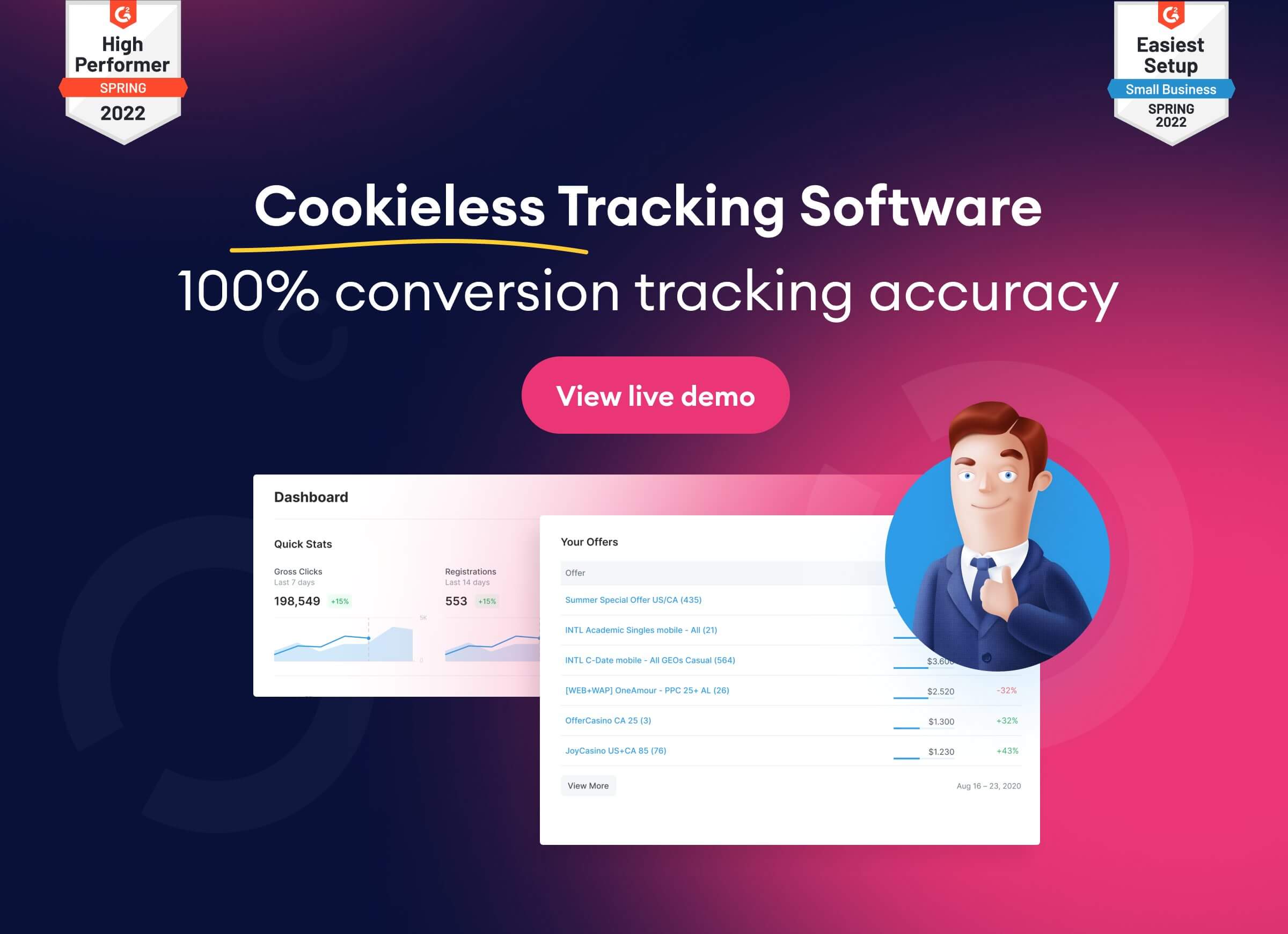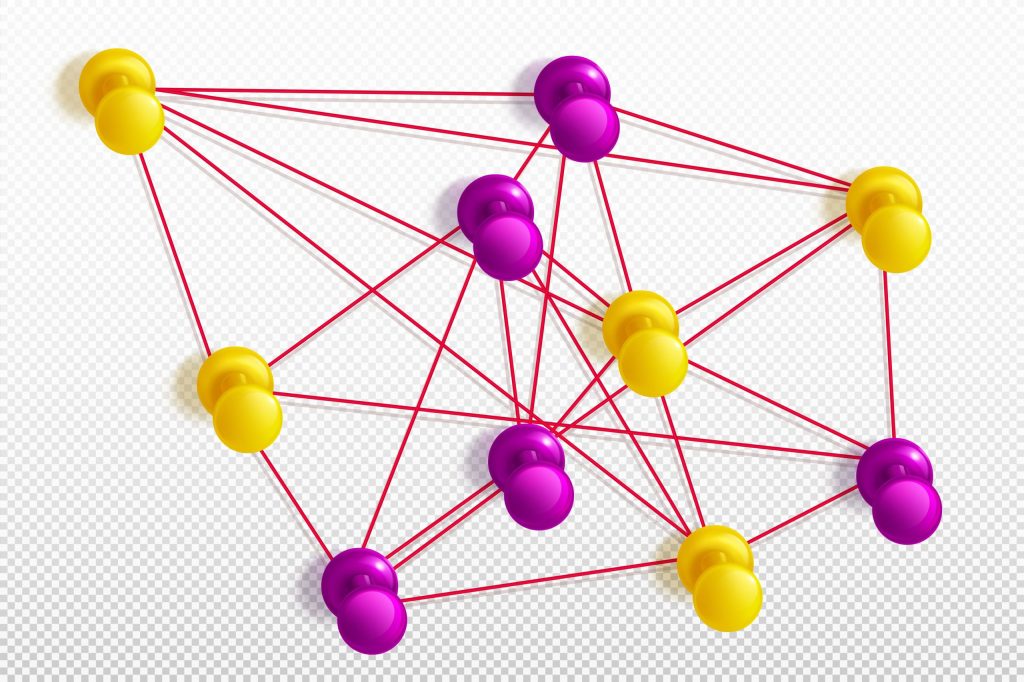As a marketer, you understand the importance of tracking and measuring the effectiveness of your campaigns. But with so many different channels and touchpoints involved in a single campaign, it can be challenging to determine which ones are driving the most conversions.
This is where campaign attribution models come into play.
In this comprehensive guide, we’ll take a deep dive into what campaign attribution is, why it’s important, and how to implement the right attribution model for your affiliate program.
What is a Campaign Attribution Model?
Campaign attribution is the process of assigning credit to the various touchpoints in a customer’s journey that led to a conversion.
In other words, it’s about understanding which channels and tactics are most effective in driving sales. Campaign attribution models are mathematical algorithms that help marketers attribute credit to these touchpoints.
Attribution models typically focus on digital channels, such as social media, email, display advertising, and search engine marketing.
Why is Campaign Attribution Important?
Campaign attribution is critical for understanding the effectiveness of your marketing campaigns. Without it, you may be allocating resources to channels that aren’t driving sales or overlooking channels that are.
By identifying the touchpoints that are driving conversions, you can optimize your marketing efforts to focus on those channels and tactics that are most effective.
Additionally, campaign attribution can help you understand the customer journey and identify areas where you can improve the user experience.
Different Types of Campaign Attribution Models
There are several different types of campaign attribution models, each with its own strengths and weaknesses. The most common attribution models are:
First-Touch Attribution
| Pros | Cons |
|---|---|
| Great for campaigns focused on generating brand awareness and reaching new audiences. | May overlook the impact of other touchpoints that contributed to the conversion. |
| Simple and easy to implement. | Doesn’t provide a complete picture of the customer journey. |
First-touch attribution gives credit to a customer’s first touchpoint on their journey. This model is best suited for campaigns focused on generating brand awareness and reaching new audiences.
However, it doesn’t take into account the other touchpoints that may have contributed to the conversion.
Last-Touch Attribution
| Pros | Cons |
|---|---|
| Great for campaigns focused on driving immediate conversions. | May overlook the impact of touchpoints that contributed to the customer’s decision to make a purchase. |
| Simple and easy to implement. | Doesn’t provide a complete picture of the customer journey. |
Last-touch attribution gives credit to the last touchpoint a customer encounters before making a purchase. This model is best suited for campaigns focused on driving immediate conversions.
It doesn’t take into account, though, the touchpoints that may have contributed to the customer’s decision to make a purchase.
Linear Attribution
| Pros | Cons |
|---|---|
| Gives equal credit to all touchpoints in a customer’s journey. | Doesn’t take into account the relative impact of each touchpoint. |
| Provides a comprehensive view of the customer journey. | It may not provide actionable insights on how to optimize campaigns. |
Linear attribution gives equal credit to all touchpoints in a customer’s journey. This model is best suited for campaigns that involve multiple touchpoints and tactics.
However, it doesn’t consider the relative impact of each touchpoint.
Time-Decay Attribution
| Pros | Cons |
|---|---|
| Gives more credit to touchpoints that occur closer to the time of conversion. | May overlook the impact of touchpoints that occurred earlier in the customer journey. |
| Provides a comprehensive view of the customer journey. | It may not provide actionable insights on how to optimize campaigns. |
Time-decay attribution gives more credit to touchpoints that occur closer to the time of conversion. This model is best suited for campaigns that involve multiple touchpoints over an extended period. The downside is that it may overlook the impact of touchpoints that occurred earlier in the customer journey.
Position-Based Attribution
| Pros | Cons |
|---|---|
| Gives more credit to the first and last touchpoints in a customer’s journey. | May overlook the impact of touchpoints in the middle of the customer journey. |
| Provides a comprehensive view of the customer journey. | It may not provide actionable insights on how to optimize campaigns. |
Position-based attribution gives more credit to the first and last touchpoints in a customer’s journey. This model best suits campaigns focused on brand awareness and immediate conversions. The problem with point-based attribution is it may ignore the impact of touchpoints in the middle of the customer journey.
How to Choose the Right Attribution Model for Your Affiliate Program?
Choosing the right attribution model for your affiliate program depends on your campaign goals and objectives.
First-touch attribution may be the best choice if you’re focused on generating brand awareness and reaching new audiences. Last-touch attribution may be the way to go if you’re focused on driving immediate conversions.
If you’re running a campaign that involves multiple touchpoints and tactics, linear or time-decay attribution may be more appropriate. Position-based attribution may be a good choice if you’re focused on both brand awareness and immediate conversions.
When choosing an attribution model, it’s essential to consider the customer journey and how different touchpoints contribute to the conversion. Look at your historical data to see which touchpoints are most effective in driving conversions.
Consider the goals of your campaign and how you can optimize your marketing efforts to achieve those goals.
Implementing Campaign Attribution Models in Your Affiliate Program
Implementing campaign attribution models in your affiliate program requires a robust tracking and analytics system. You need to be able to track and measure the impact of each touchpoint in the customer journey.
This may involve setting up:
- tracking pixels
- using UTM codes
- integrating with third-party analytics platforms.
Once you have a tracking system in place, you can begin to experiment with different attribution models. Start by testing different models on a small scale to see which one provides the most accurate and actionable insights.
Use A/B testing to compare the effectiveness of different attribution models and adjust your marketing efforts accordingly.
Best Practices for Optimizing Your Affiliate Marketing Campaign with Attribution Models
Here are some best practices for optimizing your affiliate marketing campaign with attribution models:
- Define Your Goals
Before implementing an attribution model, define your campaign goals and how you plan to measure success. This will give you a clear understanding of what you’re trying to achieve and how you can optimize your marketing efforts.
- Test Different Attribution Models
Test different attribution models to see which one provides the most accurate and actionable insights. Use A/B testing to compare the effectiveness of different models and adjust your marketing efforts accordingly.
- Use Multiple Attribution Models
Consider using multiple attribution models for a more comprehensive view of the customer journey. This can provide deeper insights into the relative impact of each touchpoint.
- Optimize Your Campaigns
Use the insights from your attribution models to optimize your marketing campaigns. Focus on the most effective touchpoints driving conversions and adjust your marketing efforts accordingly.
Measuring Success with Campaign Attribution
Measuring success with campaign attribution involves looking at the impact of different touchpoints on your bottom line. Look at metrics such as conversion rate, average order value, and customer lifetime value to understand the effectiveness of your marketing campaigns.
Tools for Tracking and Analyzing Campaign Attribution Data
There are several tools available for tracking and analyzing campaign attribution data.
Google Analytics is one of the most popular tools and offers a range of attribution models to choose from.
Other tools include:
- Adobe Analytics
- Mixpanel
- Heap Analytics.
Choose the tool that best fits your needs and provides the most accurate and actionable insights.
Common Mistakes to Avoid in Campaign Attribution Modeling
Here are some common mistakes to avoid in campaign attribution modeling:
- Overlooking the Impact of Touchpoints
Don’t overlook the impact of touchpoints that may have contributed to the conversion. Consider all touchpoints in the customer journey and how they contributed to the final sale.
- Choosing the Wrong Attribution Model
Choose the attribution model that best fits your campaign goals and objectives. Don’t rely on a single model without testing different options.
- Focusing Solely on Last-Touch Attribution
Don’t focus solely on last-touch attribution. Consider the impact of other touchpoints’ impact on the customer journey and how they contributed to the final sale.
Why Use Scaleo?
Scaleo, as a partner marketing software, provides a range of features that can be employed in campaign attribution models. Scaleo offers various attribution models like first-touch, last-touch, or multi-touch, as well as other features that can indirectly help in implementing these models.
Here’s how:
- Track Performance: Scaleo offers robust tracking capabilities that allow you to monitor the performance of different marketing channels and campaigns. This feature can be used to track the initial touchpoint (first-touch attribution), the final touchpoint (last-touch attribution), or all touchpoints (multi-touch attribution) in a customer’s journey.
- Custom Tags and Parameters: You can use custom tags and parameters in your tracking links to capture additional data about the user journey. This can be used to attribute conversions to specific marketing activities, aiding in implementing attribution models.
- Conversion Tracking: Scaleo’s conversion tracking capabilities allow you to see when a conversion happens and which affiliate or partner generated it. This can help in attribution, particularly in models like last-click or first-click attribution, where the conversion event is directly linked to specific touchpoints.
- Reporting and Analytics: Scaleo’s comprehensive reporting tools provide insights into campaign performance and customer behavior. These reports can help you understand the effectiveness of different touchpoints and optimize your attribution model.
- Integration with other Tools: Scaleo’s ability to integrate with other marketing and analytics tools means that you can combine data from multiple sources to create a more accurate attribution model. For example, integrating with a CRM or web analytics tool could provide additional data points for a multi-touch attribution model.
Remember, while Scaleo provides the tools to collect and analyze the necessary data, implementing a specific attribution model would still require strategic planning and analysis on your part.
Need help? Start an instant free trial or schedule a demo call with our representatives. We can help you evaluate your marketing goals and the complexity of your customer journeys when choosing an attribution model that is right for your business campaign.

Conclusion
Campaign attribution models are essential for understanding the effectiveness of your marketing campaigns. You can optimize your marketing efforts and drive more sales by assigning credit to different touchpoints in the customer journey.
When choosing an attribution model, consider your campaign goals and objectives, and test different models to see which one provides the most accurate and actionable insights.
Use the data from your attribution models to optimize your marketing campaigns and drive more sales.
Last Updated on November 28, 2023




![iGaming Marketing 2024 Stats: Power Up Your Affiliate Ads Strategy [Updated] iGaming Marketing 2024 Stats: Power Up Your Affiliate Ads Strategy [Updated] -](https://www.scaleo.io/blog/wp-content/uploads/2024/03/iGaming-affiliate-marketing-stats-270x180.png)